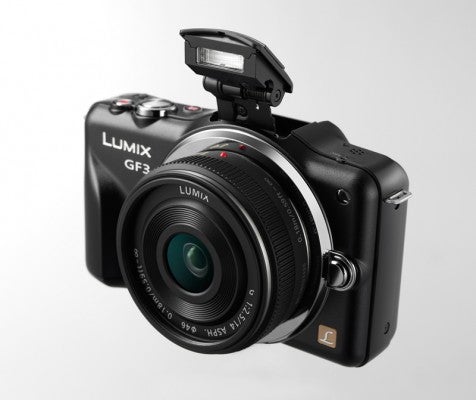The Lumix GF3 is the world's smallest and lightest interchangeable lens camera. What Digital Camera's Panasonic Lumix GF3 review checks if the downsizing makes for the best GF-series model yet...
Panasonic Lumix GF3 Review
Performance
Panasonic Lumix GF3 review – Performance
Put the GF3 to work and the most striking thing is just how fast its autofocus system is. On par with its brother and sister Lumix G3 and GH2 models, subjects speed into focus and the touchscreen control means the focus point can be set (quite literally) by hand.
Autofocus modes are available aplenty, including Face Detection, Subject Tracking, 23-Area, 1-Area and Pinpoint modes. It’s possible to focus anywhere across the entirety of the screen, and adjust the size of the focus/metering area from a small square through to a considerable size that’s around a quarter of the overall area. Pinpoint is the most unique focus mode – using a small cross the camera will zoom into actual image size, attain focus to provide visual confirmation, then snap the final shot. It’s useful for confirming very specific focus. Elsewhere the Subject Tracking AF is successful at locking on to moving subjects and, again, the touchscreen control makes it easy to press a finger to the subject wherever they are in the frame.
The GF3’s rear screen consists of a 460k-dot resolution, which is good enough for detailed playback but does find itself behind some competitors’ higher resolution offerings. The touch-sensitivity is successful for the most part, though can occasionally need an extra press if subtler touches fail to register.
As well as full manual control the latest intelligent Auto+ (iA+) adds easy on-screen sliders to select between Defocus Control, Brightness (exposure compensation) and Red/Blue colour cast (only these two colours, however). As per the original iA mode, iA+ also recognises the scene at hand and adjusts all settings accordingly for an optimum exposure.
Burst shooting is fairly prompt, at 3.8fps. However, with a Class 10 SD card and shooting in RAW + JPEG the GF3’s buffer fills up after just four consecutive shots.
As the GF3 is a small camera it also comes with a rather small battery. At 300 shots per charge there’s a limited amount of juice to keep you going, and although this may be enough for more casual users it’s a disappointing figure overall.






